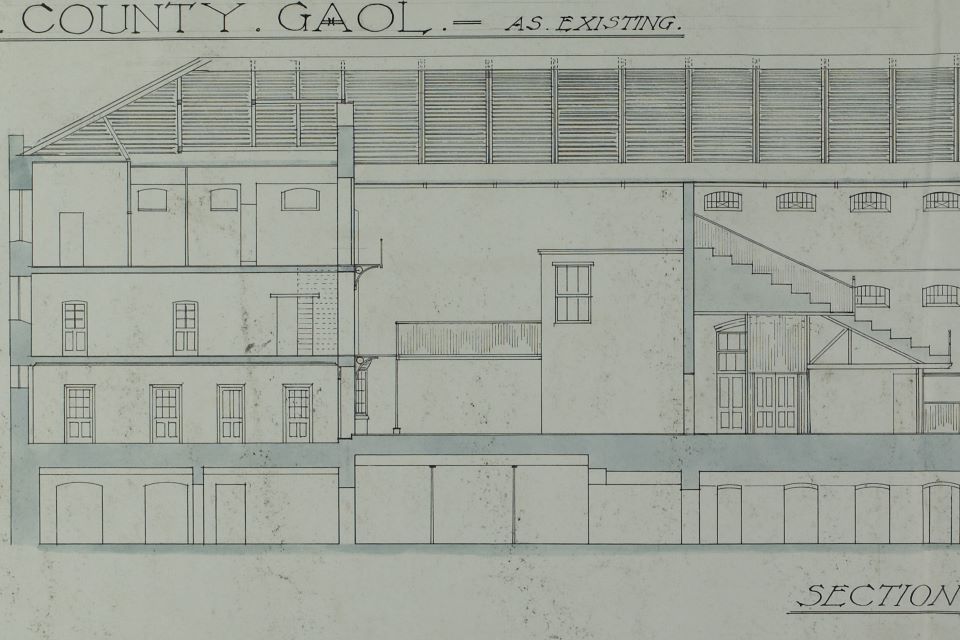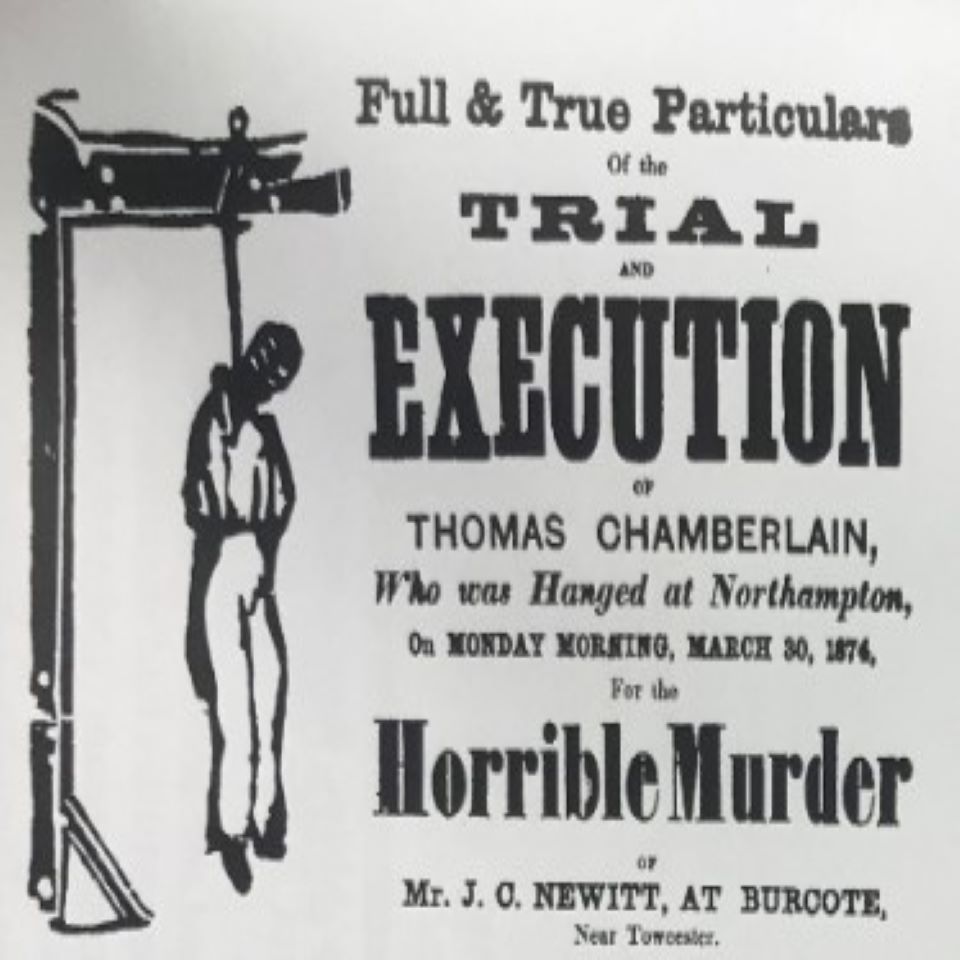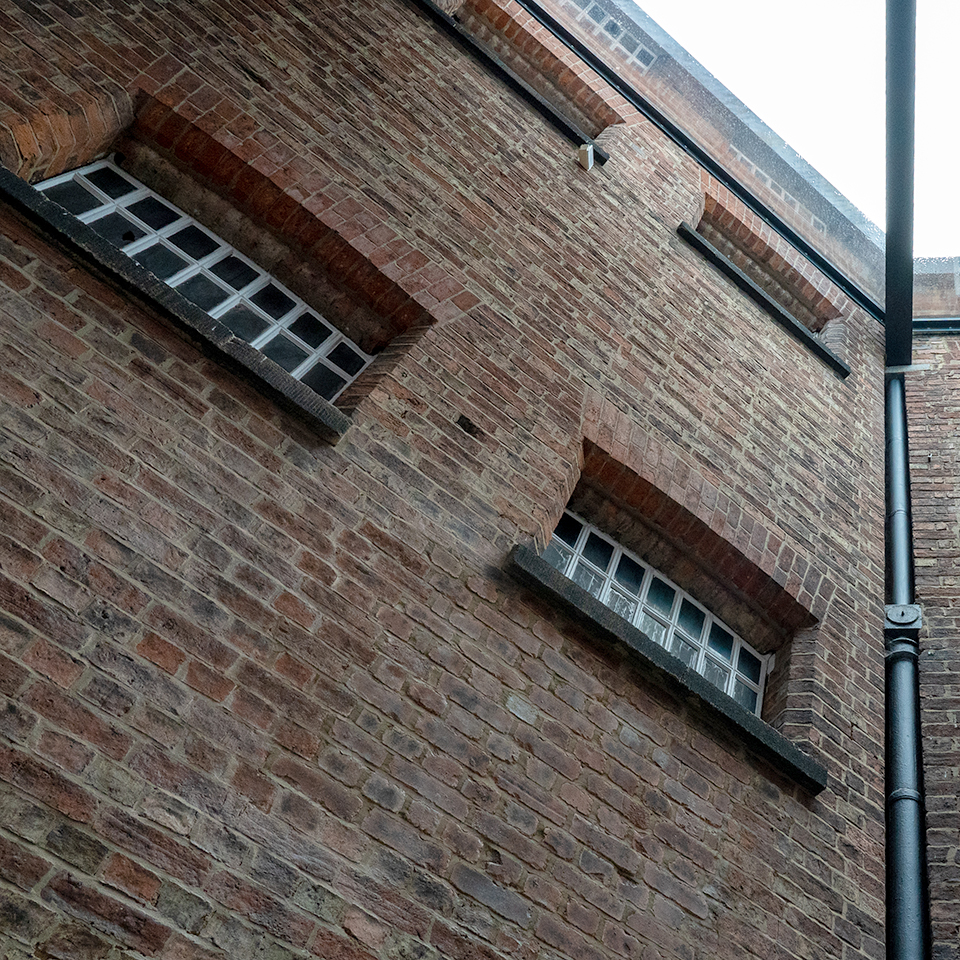The gaol

The museum building used to be a gaol. In 1791 the county gaol was built on Angel Lane from local yellow sandstone, accommodating 140 prisoners. By 1840 the gaol was deemed too small and in 1846 a redbrick L-shaped block was built to house a further 150 prisoners. This is the building now occupied by Northampton Museum and Art Gallery. Male and female prisoners were now separated, with male prisoners living in the new block and the Georgian block only for female prisoners.
Prison life
The prisoners at Northampton gaol had their days filled with tasks that included shoemaking and thrum, or mat making. Some walked the treadmill which ground corn. Work stopped for meal times and exercise in 20 outdoor exercise yards in the airing ground.
Found guilty
People were imprisoned in the gaol for a wide variety of crimes. These ranged from simply stealing a cabbage from a market stall to poisoning cattle and even murder. For those sentenced to death it was a short final walk from the condemned cells to the hanging platform outside the judge’s gardens situated behind the gaol. The last person to be hung here was shoemaker Thomas Chamberlain in 1874 for the murder of John Newitt. You can still see the imprint of the hanging platform in the bricks today.
 |
Change of use
The gaol closed in 1880 and its buildings were remodelled and put to a variety of new uses. The shorter east wing was purchased by the Borough of Northampton to provide new accommodation for the museum and library. The longer west wing was altered and used by the Salvation Army and a mineral water company, and from 1928 housed offices for the County Council.
In 2014 Northampton Borough Council purchased this part of the building with the intention of expanding the museum. The two wings of the gaol have now been reunited for the expanded museum through the creation of the modern glazed link.
Original gaol windows visible in The Link at Northampton Museum and Art Gallery.
 |
